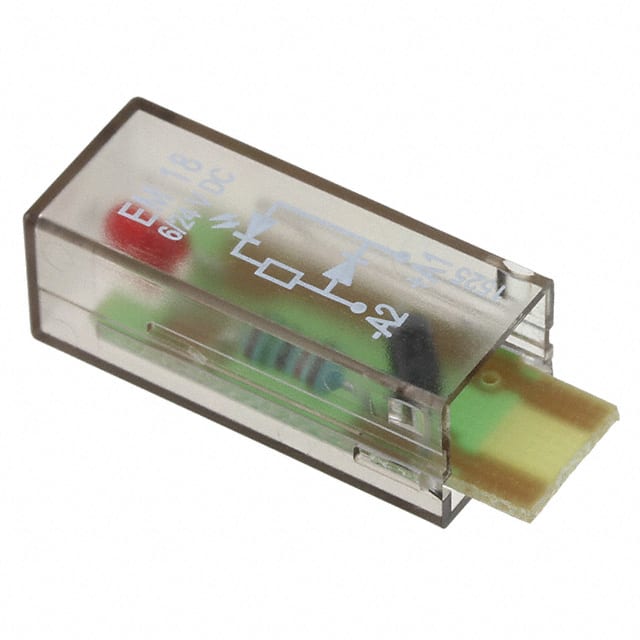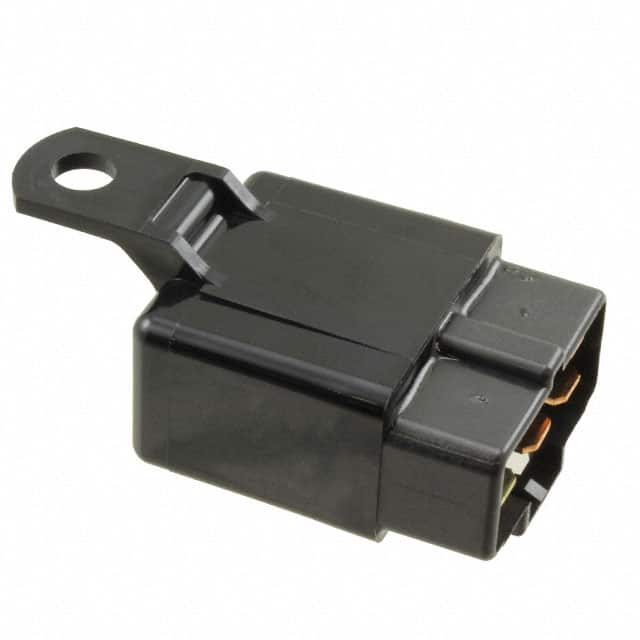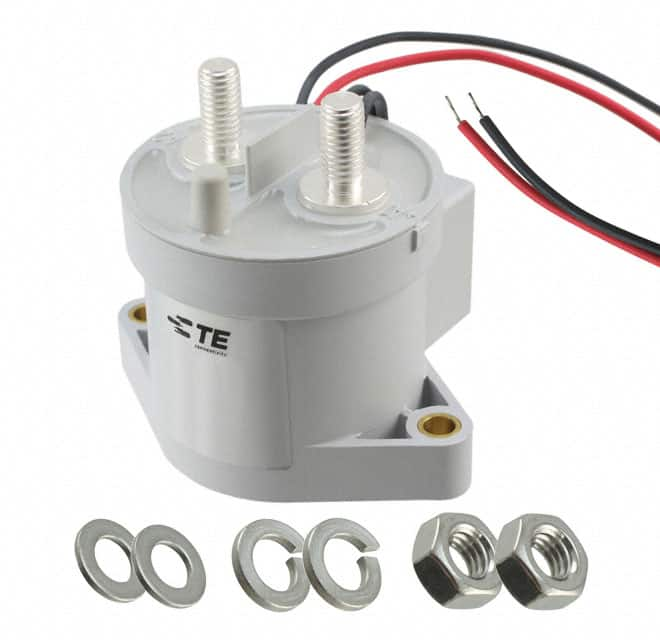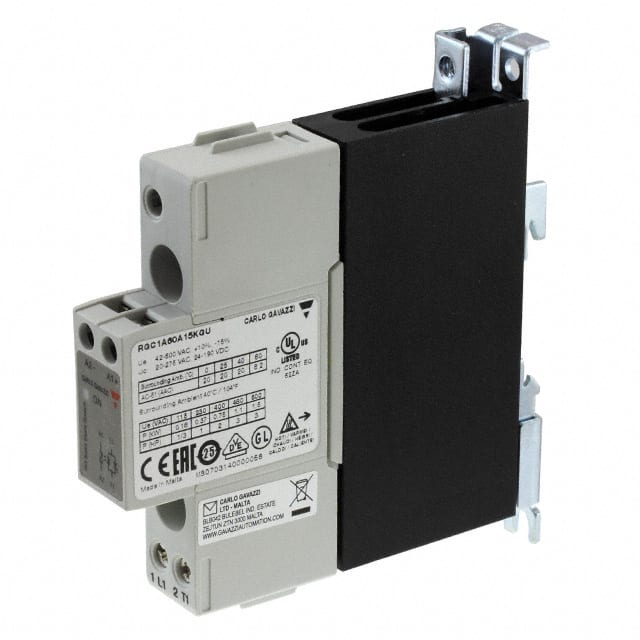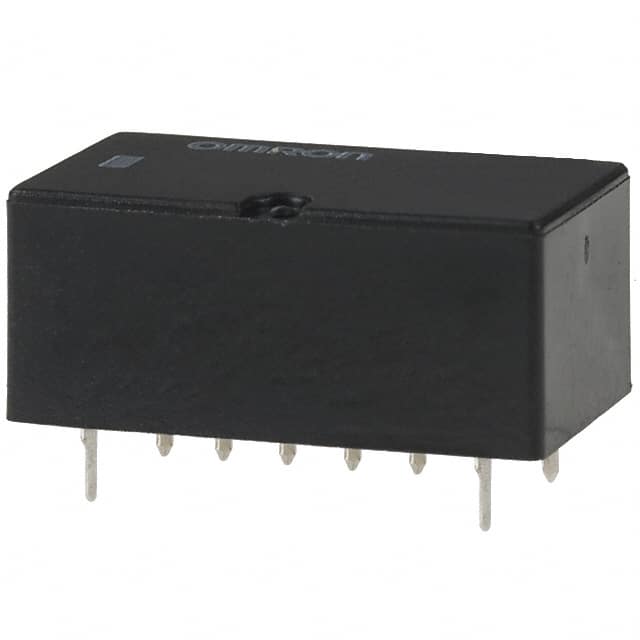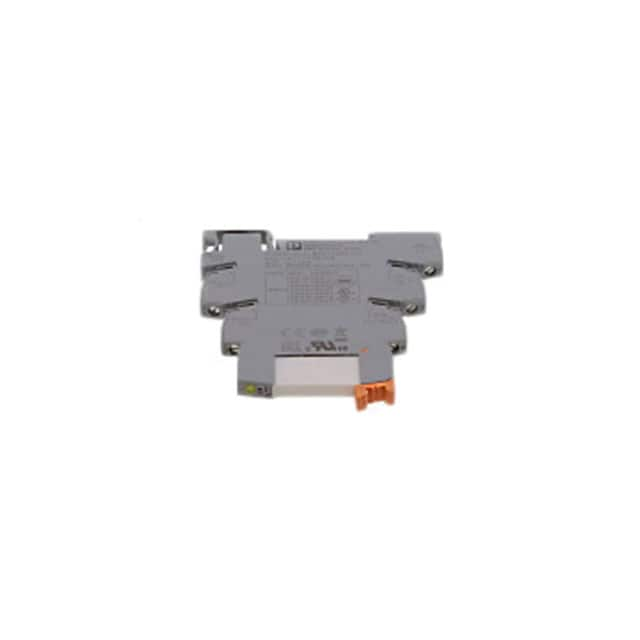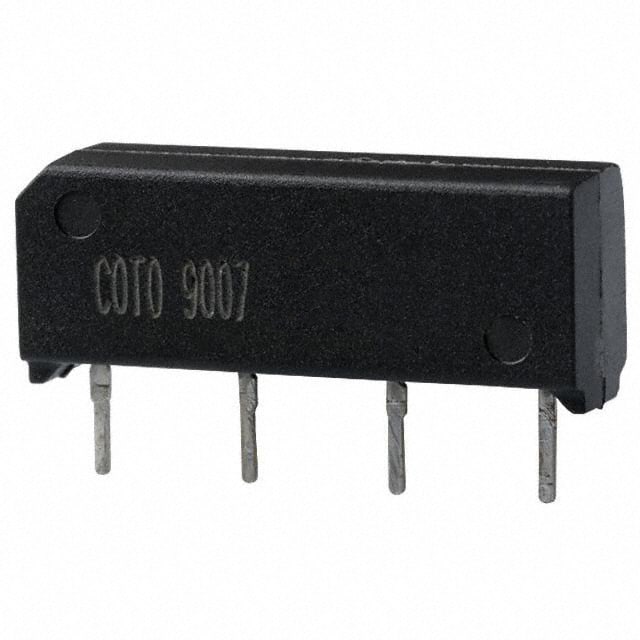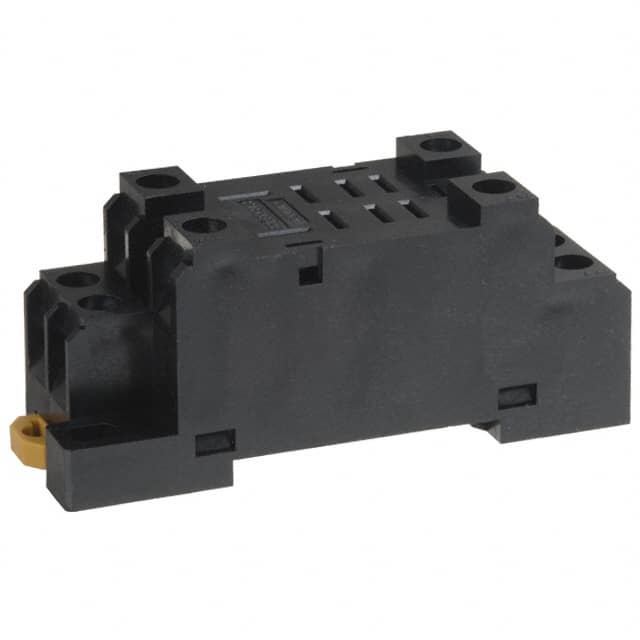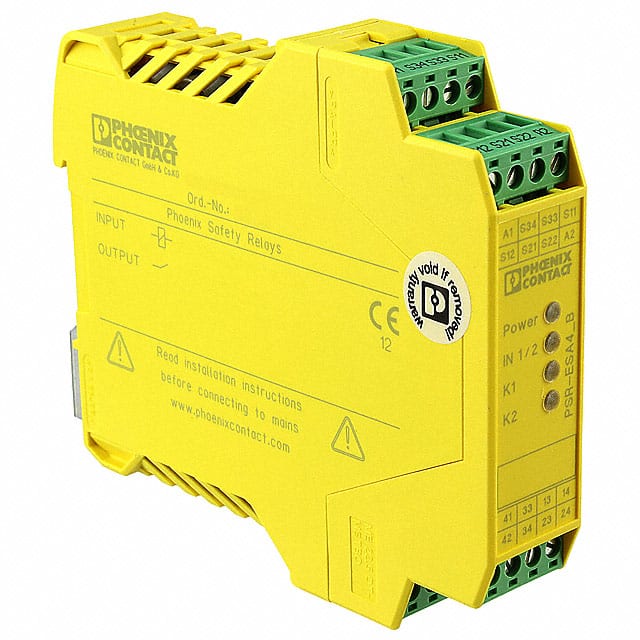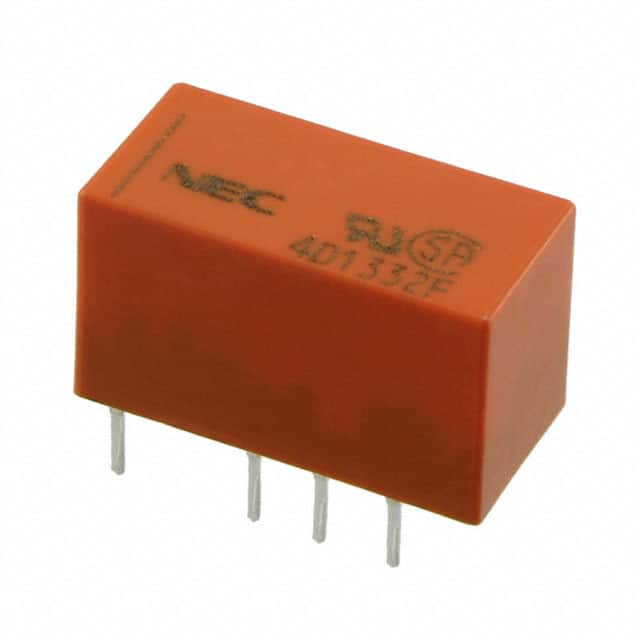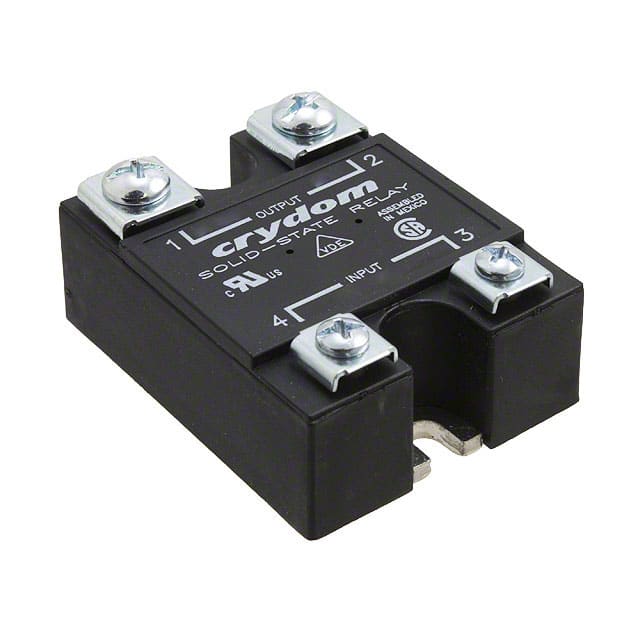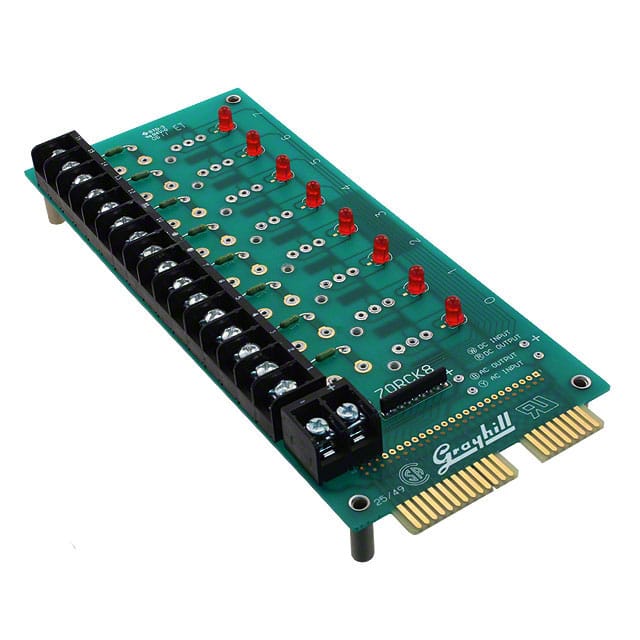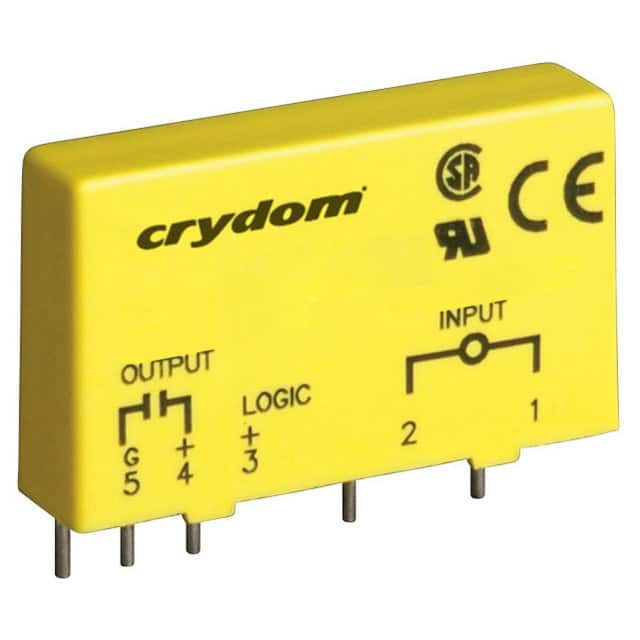Relay definition
A relay is an electrical device that controls the on and off of another circuit through current or electromagnetic force, and is used to isolate and control the switching operation of a circuit.
Relays can operate under different voltage and current conditions, making them very flexible and suitable for use in a variety of industrial and electronic applications.
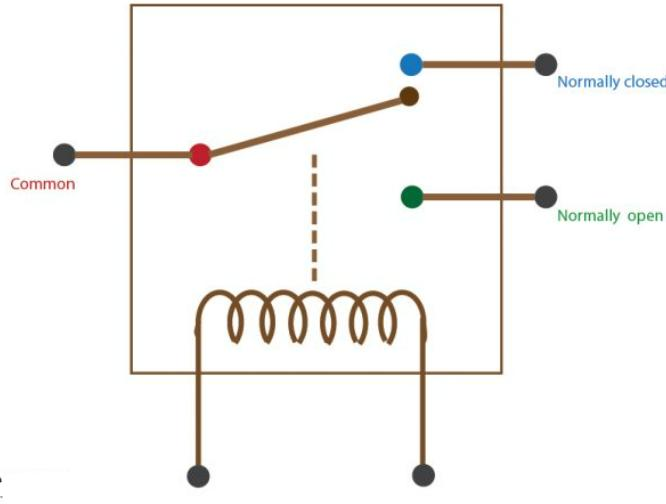
What are relays made of?
Relays usually consist of electromagnetic coils, contact points, insulating materials, shells and springs.
The electromagnetic coil generates a magnetic field, the contact points are usually made of conductive materials such as copper or silver, the insulating material is used to isolate different circuit parts, the casing provides protection and support, and the spring ensures reliable movement and connection of the contact points.
How relays work
The working principle of a relay is basically to generate a magnetic field through an electromagnetic coil, attracting or releasing contact points to control the on and off of the circuit. When current passes through the electromagnetic coil, the contacts change position, thereby opening or closing another circuit, achieving switching operations.
Example: When you press the elevator button, you trigger a relay, causing the elevator system to activate. This is the relay that converts a low current signal (button pressed) into a high current operation (elevator activated).
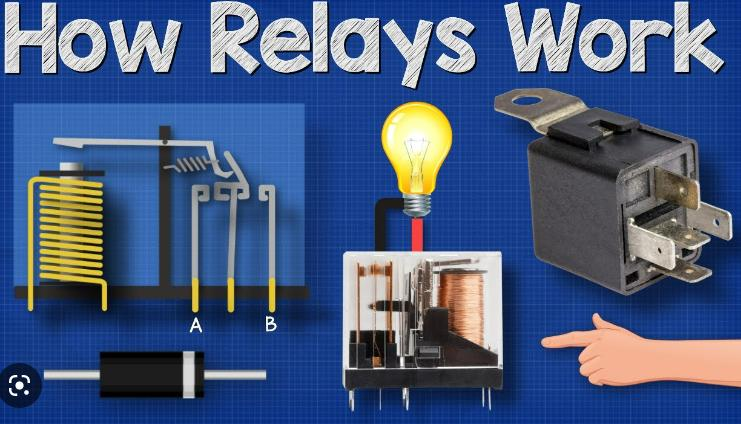
What is the difference between a relay and a switch?
Relays control contactable points through the magnetic field of an electromagnetic coil and require external current or signals to activate. A switch is a mechanical device that switches by manual or mechanical operation.
Relays are commonly used for electrical isolation, signal amplification and remote control. Switches are often used for general circuit control, such as household switches.
Relays are generally more durable than mechanical switches.
Components of a relay
A simple electromagnetic relay consists of a coil of wire wound around a soft iron core (solenoid), an iron yoke that provides a low reluctance path for the magnetic flux, a movable iron armature, and one or more sets of contacts (two in a relay). contacts (as shown in the figure).
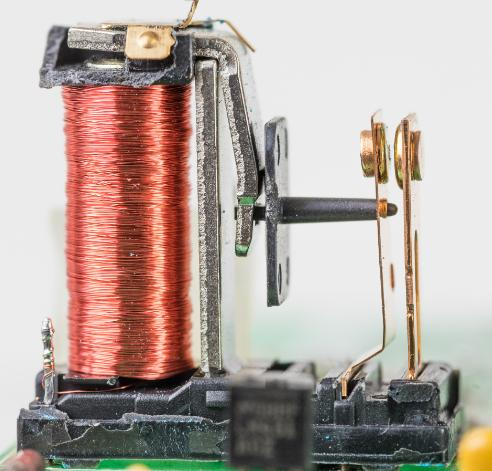
Which relay is most commonly used in life?
The most commonly used relay type is usually the electromagnetic relay. Electromagnetic relays are widely used in a variety of applications due to their ability to handle different voltage and current ranges, high reliability and durability.
Electromagnetic relays are widely used in various fields such as power systems, automation control, home electrical equipment, industrial machinery, and traffic signal systems.
Why are relays important?
Circuit isolation: Prevent interference between circuits and improve circuit safety and reliability.
Signal amplification: allows the circuit to handle different ranges of signals and is suitable for a variety of applications, including long-distance transmission.
Remote control: Allows circuit operations to be controlled from a distance, improving convenience and automation.
Circuit protection: Prevent damage to circuit components, ensure normal operation of the circuit, and increase equipment life.
Application diversity: Relays are widely used in various fields, meeting different needs and improving the versatility of the system.
How to test a relay?
The only tool you need to check a relay is a multimeter. After removing the relay from the fuse box, setting the multimeter to measure DC voltage and activating the switch in the cab, first check to see if there is 12 volts at position 85 in the fuse box where the relay is inserted (or where the relay is located)
What are the different types of relays?
Electromagnetic relay: uses an electromagnetic coil to generate a magnetic field, which controls the on and off of the circuit by attracting contact points. This is the most common type of relay.
Solid State Relay: Uses semiconductor devices (such as transistors or triacs) to perform switching functions and is generally faster, lasts longer, and produces no mechanical noise.
Time relay: It has a built-in timing function and can perform switching operations within a set time interval for timing control tasks.
Thermal relay: Triggers operation based on the heat of the current, used for overload protection, such as motor protection.
Differential relay: used to detect differences in current, often used in ground leakage detection and protection circuits.
Protection relay: specially used in power systems for circuit protection such as overcurrent, undervoltage, and overvoltage.
Communication relay: used in data communication systems, such as control in RS-232/RS-485 communication.
Brake relay: used to control the braking operation of the electric motor.
High frequency relay: suitable for high frequency circuits, such as radio frequency communication systems.
Other types of relays
Coaxial relay:
Coaxial relays are used for RF transmitters and receivers that share the same antenna. They effectively switch RF signals to ensure that the receiver is not interfered by the transmitter's high-power signal while avoiding reflected signals back to the source, enabling the receiver and transmitter to Isolation is common in equipment that integrates transceivers and receivers.
Time delay relay:
Time delay relays introduce intentional delays in operation, usually by adjusting copper disks or liquid/gas filled panels to achieve varying delay lengths to meet timing requirements in specific applications. These time delay relays are often used where precise time control is required. occasion.
Overload protection relay:
The overload protection relay is used to protect the motor from overcurrent. It usually adopts the principle of thermal operation. When the motor overheats, the thermal sensing device triggers the operation to shut down the motor to prevent damage. These relays ensure safe operation of the motor by controlling the current flow.

 My Cart
My Cart
